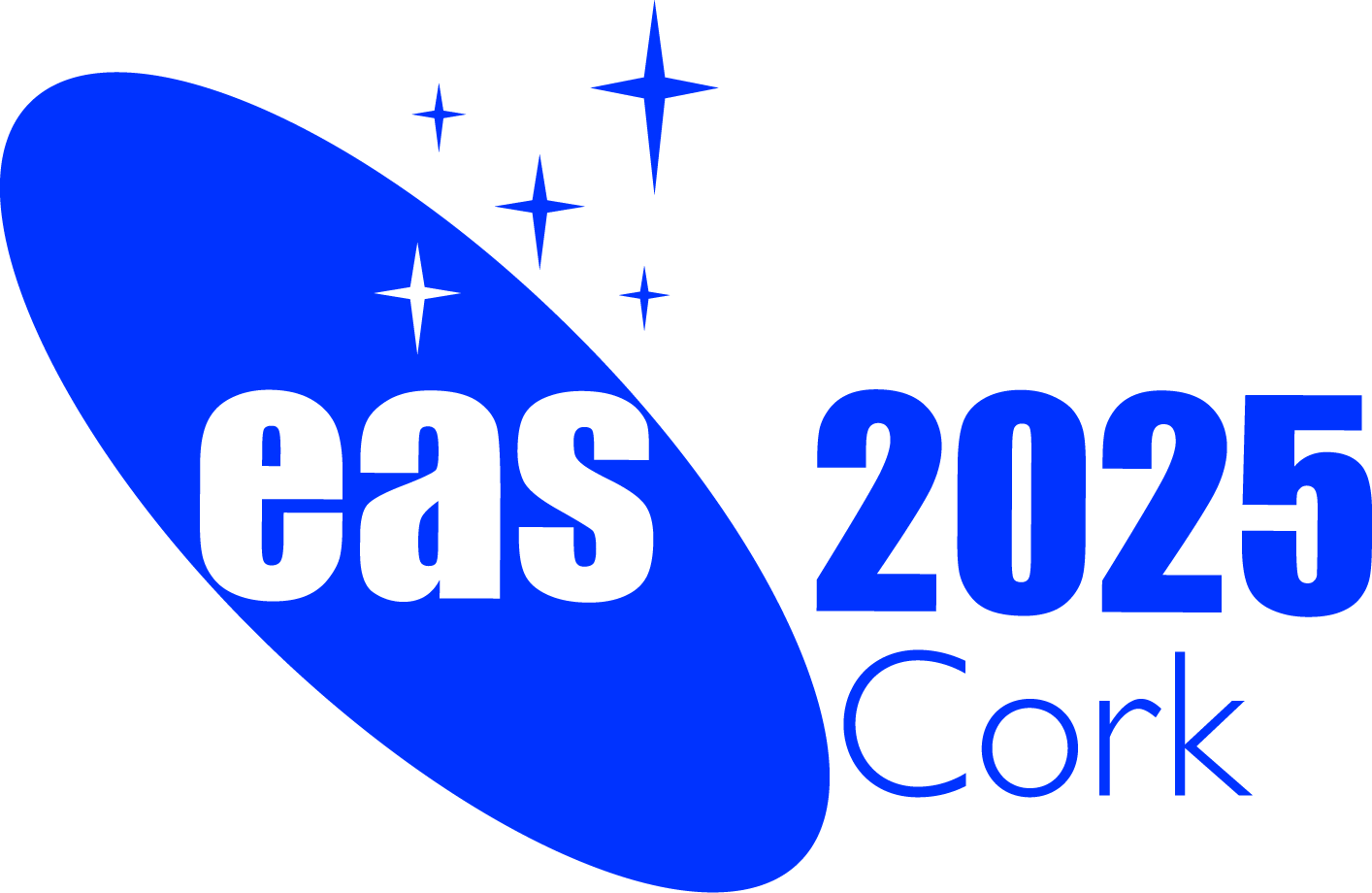
|
Special Session SS25
27 June 2025
Overfed Giants: Early Universe and Observational Cosmology with the ELTsThe Extremely Large Telescopes (ELTs) will operate in an era rich with data from multi-wavelength imaging and spectroscopic extragalactic surveys from ground and space-based facilities. In this session, we will explore synergies and complementarities between the ELTs and multiwavelength facilities to address the key questions in studies of the Early Universe and observational cosmology including the dark ages, dark matter and dark energy. In particular, the JWST continues to deliver ground-breaking results in these high priority scientific areas, but what are the unique parameter spaces and science cases that can only be addressed by the ELTs? In this data rich era, with ELT observing time at a premium; optimal sample selection and efficient observing strategies will be crucial for securing observing time and maximising scientific return. How will we as a community organise ourselves to meet our scientific goals? We aim to bring together observers, modellers and theoreticians with instrument teams to discuss prospects for established and emerging science cases and strategies in preparation for early science with the ELTs in this exciting era. Programme
Invited speakers
Scientific organisers Aprajita Verma, Ruben Sanchez-Janssen, Laura Pentericci, Nathan Adams Contact aprajita.verma @ physics.ox.ac.uk Updated on Fri Feb 21 15:18:35 CET 2025
|
||||||||
|
European Astronomical Society |
|||||||||
 A power cut will shut down all EAS services on Tuesday, 10 January 2017 starting at 7:30 CET.
A power cut will shut down all EAS services on Tuesday, 10 January 2017 starting at 7:30 CET.

